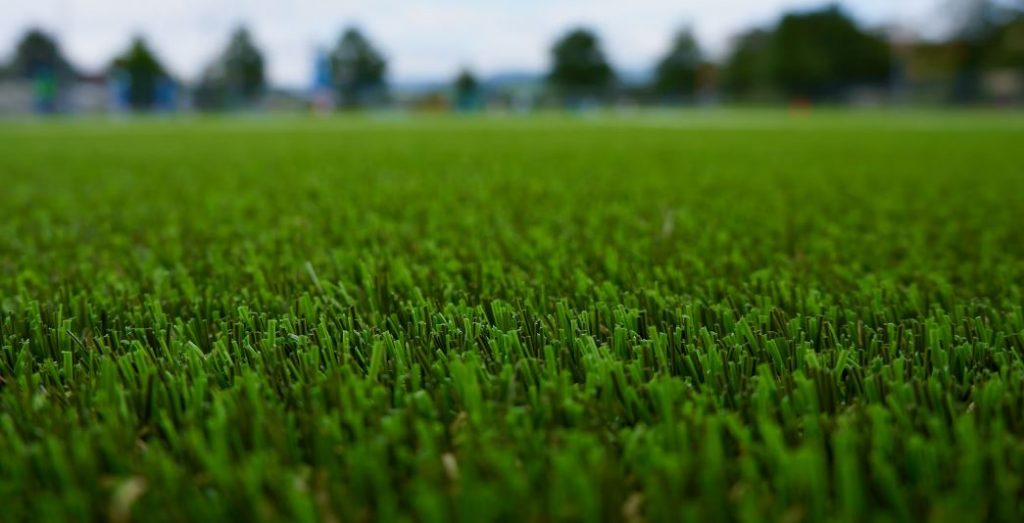Navigating the ever-evolving landscape of technology-driven business strategies, one sector stands out for its quiet yet significant impact – landscaping. In this exploration of the intersection between technology and sustainability, we’ll delve into artificial turf and its pivotal role in reshaping outdoor spaces while contributing to a greener planet.
The Green Side of Artificial Turf
Artificial turf, or synthetic grass, has evolved beyond aesthetics to become a key player in sustainable landscaping. Particularly in regions facing drought conditions, the water conservation aspect of synthetic grass becomes crucial. By eliminating the need for excessive watering, it helps save significant water volumes annually.
The environmental benefits of artificial turf extend beyond water conservation. Many varieties incorporate recycled materials, reducing the demand for new resources and minimizing the carbon footprint. As industries increasingly adopt eco-friendly practices, landscaping, with its synthetic grass innovations, is actively participating in this sustainability movement.
Where Technology Meets Sustainability
The synergy between technology and landscaping goes beyond the installation of synthetic grass – it extends into the realm of smart landscaping. The integration of Internet of Things (IoT) devices into outdoor spaces is a growing trend, and artificial turf is embracing this technological revolution.
Consider a lawn equipped with sensors monitoring soil moisture levels. These sensors communicate with automated irrigation systems, ensuring synthetic grass receives precisely the required amount of water – a step towards both water conservation and the optimal health of the artificial turf.
Smart Maintenance with IoT Devices
Smart technologies are transforming maintenance practices in landscaping, and artificial turf is no exception. IoT devices, in the form of robotic lawnmowers with AI algorithms, navigate synthetic lawns efficiently. This not only saves time and labor costs but also enhances the overall aesthetics of outdoor spaces.
Sustainable Practices for Small Businesses
As small business owners seek sustainable practices, artificial turf emerges as a viable solution. It’s not just about landscaping; it’s a commitment to a greener tomorrow that aligns with the efficiency-driven mindset of modern entrepreneurs.
Regular upkeep is essential to maintain the longevity and performance of synthetic grass. As a result, it’s greatly important that you clean synthetic grass on a semi-regular basis.
The Importance of Clean Synthetic Grass
Maintaining clean synthetic grass goes beyond aesthetics; it’s a commitment to prolonging the lifespan of the artificial turf. Regular cleaning not only enhances the visual appeal but also ensures a healthier and safer outdoor environment for families, pets, and businesses.
Clean synthetic grass becomes particularly relevant in regions where environmental factors can contribute to debris accumulation. Implementing effective cleaning practices not only safeguards the investment in artificial turf but also aligns with the broader goals of sustainable landscaping.
Sustainability in Action: A Case Study
Let’s take a closer look at a real-world example – the Artificial Lawn Company. By integrating technology and sustainability, they’ve not only provided aesthetically pleasing synthetic grass solutions but have also contributed to a greener environment.
The company’s commitment to eco-friendly practices is reflected in its use of recycled materials in artificial turf production. Moreover, their embrace of smart landscaping technologies ensures that their synthetic lawns are not just visually appealing but also environmentally conscious.
Conclusion: A Greener Tomorrow
In conclusion, the marriage of technology and sustainability in landscaping, especially with artificial turf, is reshaping outdoor spaces. Synthetic grass is more than a landscaping choice; it’s a statement of commitment to a sustainable and tech-driven outdoor environment.
Embrace the future of landscaping by integrating technology and sustainability. Let the lush greenery of synthetic turf be not just a visual delight but a conscious choice towards a more sustainable and tech-driven outdoor environment.


